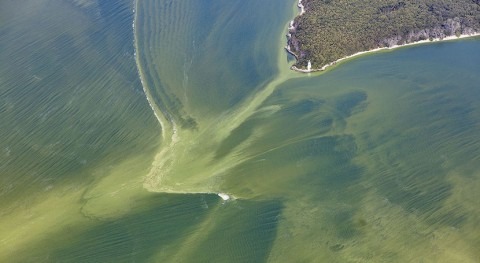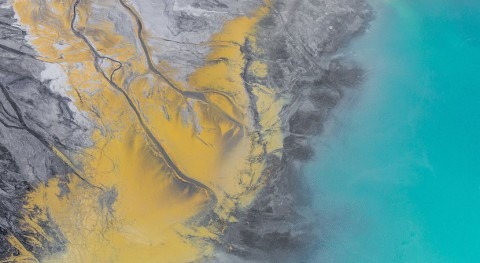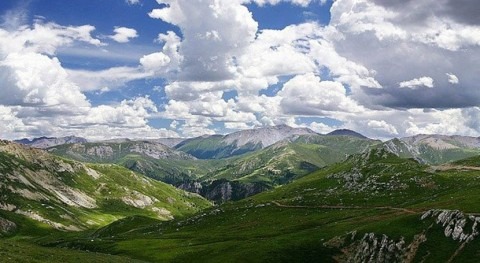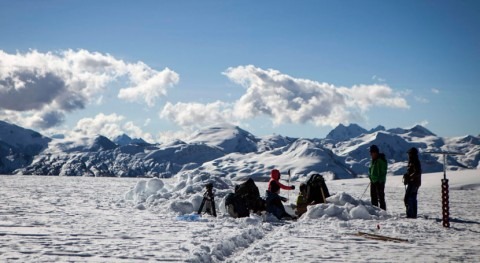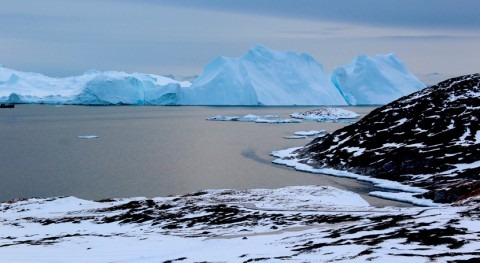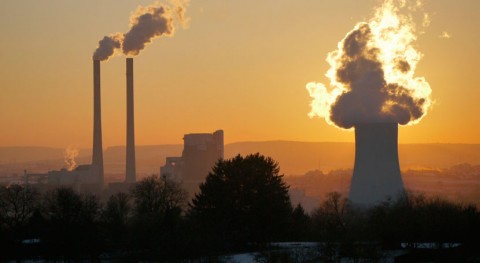Antarctic ice is melting, contributing massive amounts of water to the world's seas and causing them to rise—but that melt is not as linear and consistent as scientists previously thought, a new analysis of 20 years' worth of satellite data indicates.
The analysis, built on gravitational field data from a NASA satellite system, shows that Antarctica's ice melts at different rates each year, meaning the models scientists use to predict coming sea level rise might also need adjusting.
"The ice sheet is not changing with a constant rate—it's more complicated than a linear change," said Lei Wang, assistant professor of civil, environmental and geodetic engineering at The Ohio State University and lead author of the analysis. "The change is more dynamic: The velocity of the melt changes depending on the time."
The research was published in Geophysical Research Letters and presented at the American Geophysical Union's fall meeting in December.
The researchers' analysis is built on data from NASA's GRACE (Gravity Recovery and Climate Experiment), a two-satellite mission that measures changes in the world's oceans, groundwater and ice sheets.
Models that predict sea-level rise are typically built around the assumption that ice is melting from the world's largest ice fields in Antarctica and Greenland at a consistent rate.
But this analysis found that, because the mass of ice on the Antarctic Ice Sheet changes depending on the season and year, those projections are not as reliable as they could be. Extreme snowfall one year, for example, might increase the amount of ice in Antarctica. Changes in the atmosphere or surrounding ocean might decrease it another year.
Overall, Wang said, the volume of ice in Antarctica is decreasing. But a chart of the decline on a line graph would have spikes and valleys depending on what happened in a given time period.
To understand those changes, Wang and the other researchers evaluated data on the gravitational field between the satellites over Antarctica and ice on the continent. Changes to the ice's mass—either increases from big snowfalls or decreases from melt—change that gravitational field.
From 2016 to 2018, for example, the ice sheet in West Antarctica actually grew a bit because of a massive snow. During that same time period, though, the ice sheet in East Antarctica shrank because of melt.
"I'm not saying Antarctica's ice melt is not an acute problem—it is still very acute," Wang said. "All of Antarctica is losing mass, very rapidly. It's just a time scale problem and a rate problem, and our models that predict sea-level change should reflect that."







